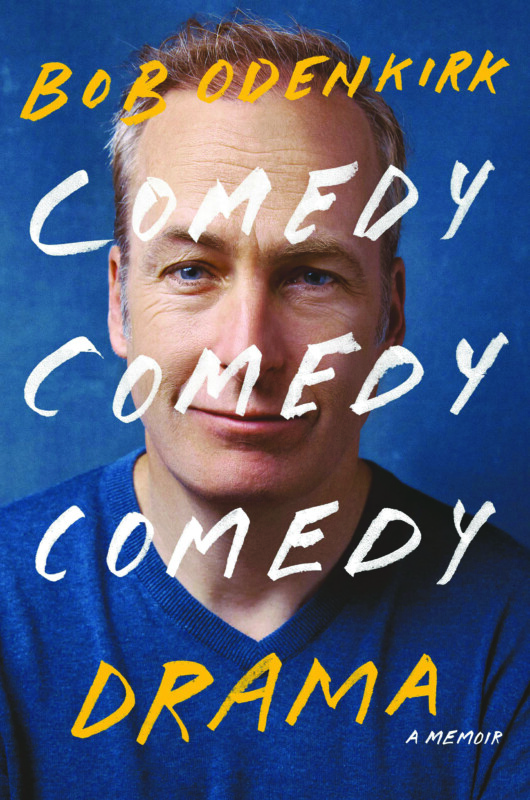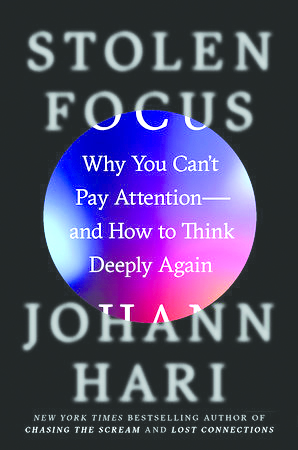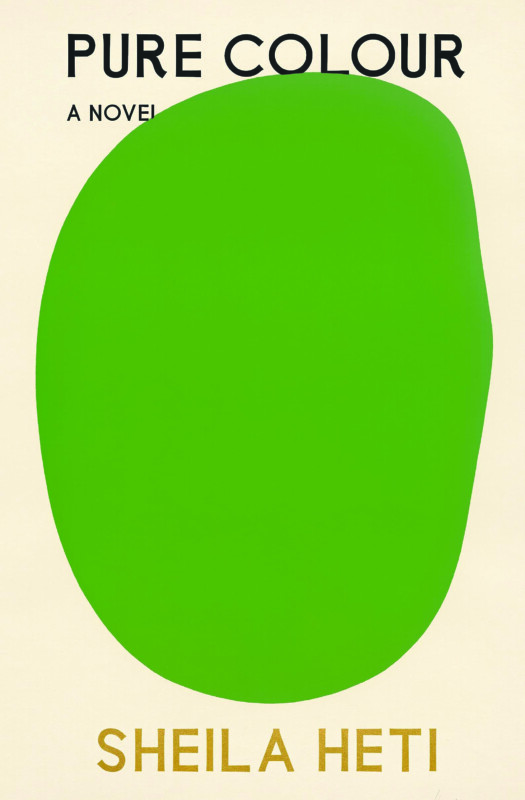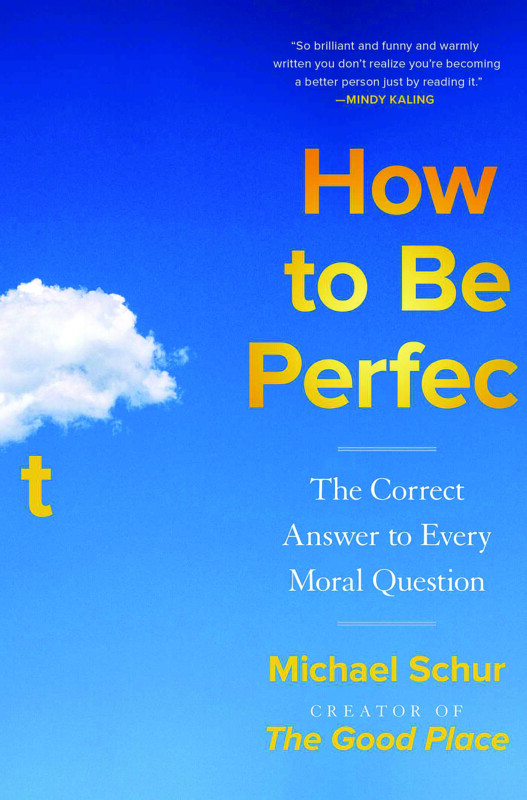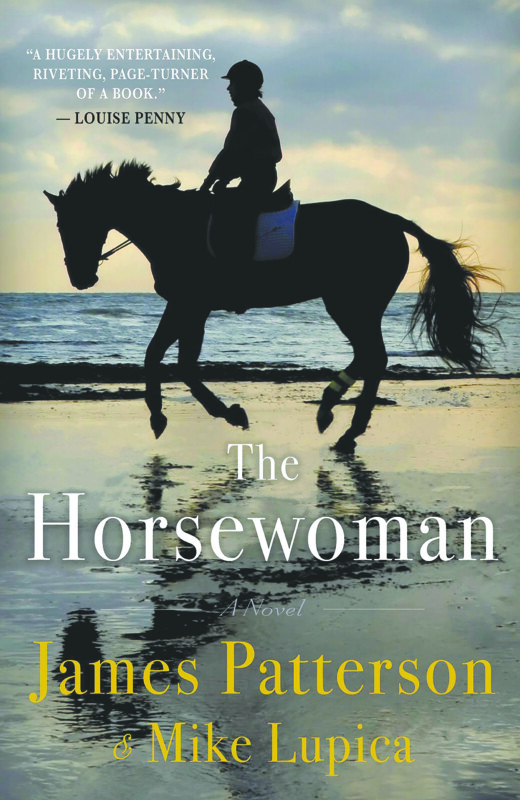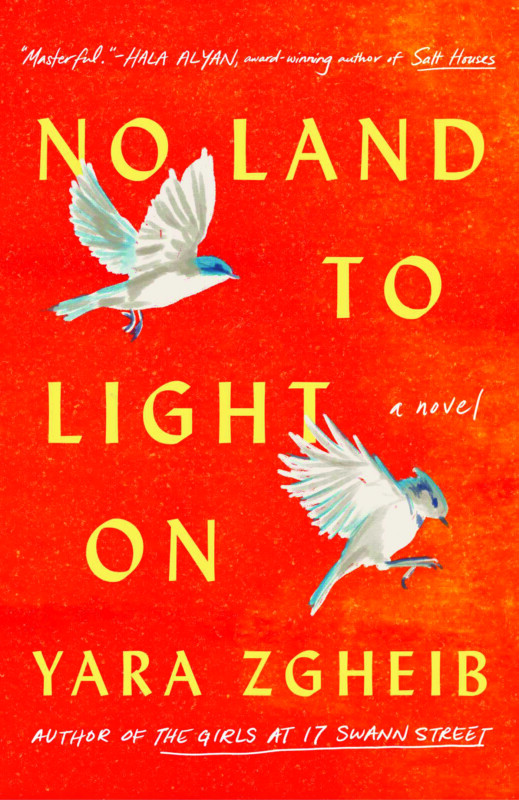Comedy Comedy Comedy Drama, by Bob Odenkirk (Random House, 285 pages)
It’s hard to imagine now, but in its first season, the AMC drama Breaking Bad didn’t make much of a splash. In fact, when his agent first brought up a potential short-term gig playing a sleazy lawyer named Saul Goodman, Bob Odenkirk had not seen the show.
“I vaguely recalled the image on the billboards — a guy in his underwear in the desert?” He figured, “I would phone a friend, see if anyone had actually seen it,” Odenkirk writes in his new memoir.
Breaking Bad, of course, would go on to be a monster hit and make household names out of Odenkirk and several of his costars. And the show’s success eclipsed the work he’d been doing since he was in middle school. (“By age twenty, I’d been steadily pumping out the blithering idiocy for over a decade,” he writes.) What he wanted to do, what he’d always done, was make people laugh, and he had been (mostly) paying his bills by writing jokes and sketches, going from the famed comedy stages in Chicago to the set of Saturday Night Live.
Saul Goodman, of course, is in many ways a comical character, although he exists within a serious and often violent drama. So maybe Odenkirk’s transition from stand-up wasn’t as big a transition as, say, playing the butler in The Remains of The Day, but it’s surprising enough to sustain a 200-plus-page book, at least for Breaking Bad fans. Those who have no interest in the show or its spinoff would have a tougher time paying attention unless they are young people looking to get into comedy.
The book, of course, begins with a joke:
“How does one begin a book? … Dickens, Melville, Odenkirk — all have faced the same query, and only one has failed. Melville. ‘Call me Ishmael.’ Talk about giving up.”
He goes on to riff about a childhood in Naperville, Illinois, that was most likely more painful than described. “A tale as old as time. Daddy issues. The end,” he jokes. Odenkirk was one of seven children in a Catholic family headed by a man with anger issues, so to speak. “Generally speaking, my dad was rough and too intense, and those were his good qualities. He was never around, and when he was, there was tension in the air.”
Odenkirk was relieved when his parents split up when he was 15; he says he shrugged when his father died when he was 22. His salvation was his brothers and sisters, encouraging teachers and, most importantly, discovering Monty Python, the British comedy troupe. Their comedy taught him that much of the world and many of its people were pretty awful “and you don’t have to respect these people, you can laugh at them.”
He mowed lawns in order to save enough money to buy a cassette recorder from Kmart (Google both of them, kids), on which he recorded comedy bits and interviews, but he couldn’t really envision doing comedy for a living until he was in college and had a chance encounter with Del Close, a legend in Chicago’s comedy scene. On impulse, Odenkirk asked if he could interview Close, “a gnarled, shaggy Sasquatch of a man,” and got two and a half hours of rambling memories, confessions, inspiration and advice. “All I can say is that it drew me in and shook me by the collar and screamed in my face, ‘YOU CAN DO THIS! THIS IS GONNA BE GREAT! I trembled in the presence of his galloping mind.”
From there, Odenkirk describes the ins and outs of his early career as a comedian and writer, including a trying time as a writer at SNL, which was then in its 13th season, working with people such as Al Franken and Chris Farley. It’s a revelatory in that he describes how what seems to be a dream job can actually wreck even someone with talent. (And it’s clear Odenkirk had talent — I am still laughing over a sketch he pitched about a cheap airline called “Greyhound Air” that doesn’t promise destinations but vague directions: “the plane is headed in a general direction … like towards New York.”)
It’s interesting that Breaking Bad doesn’t show up in the memoir in any real way until the ninth chapter, some 200 pages in. It shows how so many people in Hollywood can define a person by a single series or film, despite a robust body of work that precedes or follows it. And Breaking Bad, of course, gave birth to the prequel that Odenkirk is still immersed in: Better Call Saul, which he calls “the biggest break of my career by a fair margin.”
But here’s one of Odenkirk’s more interesting reveals: He initially said no to the role, because it was going to be shot in Albuquerque. He and his wife/manager had two kids, he was a school volunteer and a soccer coach, and a raft of other reasons, including that he felt he was famous and successful enough. “I am in this to entertain myself. Here’s how much fame I need: ‘just enough’ and no more.”
Maybe that’s the secret to Hollywood success: not really caring about it. Odenkirk concedes that his own success has in some ways been driven by luck. (He tells a young woman seeking advice, “You can’t make your own break.”) But it’s hard to look over Odenkirk’s life and not recall the Ralph Waldo Emerson quote “Nothing great was ever achieved without enthusiasm.” With enough raw talent and a cheap tape recorder, it’s apparently enough to just want to entertain yourself.
B
Book Notes
The literary genre known as autofiction is a blending of fiction and autobiography, and not everyone accepts it as necessary. “It’s either memoir or fiction. There’s no such category as autofiction,” writing coach Brooke Warner argued in Publishers Weekly last year.
The industry begs to differ, as perhaps would authors of centuries past. Let’s just say Charles Dickens’ fiction likely would have been much different had he not grown up in his own bleak house.
The latest buzz in the realm of autofiction is Checkout 19 (Riverhead, 288 pages) by Claire-Louise Bennett, a novel published in the U.K. last year and released this month in the U.S.
It is, as much as I can tell from reading excerpts and reviews, a stream-of-consciousness novel about books and their effects on the narrator’s life. But the opening will draw in anyone who, like the narrator, would go to the public library as a child and emerge with a stack of books they could barely see over.
It’s better, Bennett’s narrator, says, to just pick one book, rather than to be distracted by the siren songs of 10 others all week: “[J]ust because we were allowed to take out six books eight books twelve books four books didn’t mean did it that we had to.”
That could be autofiction for many of us.
Meanwhile, one has to marvel at the timing of Vladimir: A Novel (Avid Reader Press, 256 pages) by Julia May Jonas, which was released a few weeks before Russia’s invasion of Ukraine. It has nothing to do with Putin, but surely benefits from people searching for books on Russia’s president. It’s about a New York college professor who develops an obsession with the titular Vladimir while her husband is under investigation for having untoward relationships with students.
Finally, Anne Tyler fans are rejoicing at this week’s release of her 24th novel, French Braid (Knopf, 256 pages), a multigenerational family story — set in Baltimore, of course.
Book Events
Author events
• AN EVENING TO REMEMBER: CONVERSATIONS WITH CONCORD-AREA AUTHORS Authors Margaret Porter, Virginia MacGregor (Nina Monroe), Paul Brogan and Mark Okrant, in conversation with NHPR’s Laura Knoy. Presented by The Duprey Companies. Bank of NH Stage, 16 S. Main St., Concord. Wed., April 6, 7:30 p.m. Free to attend. Visit ccanh.com.
• MAGGIE SHIPSTEAD Author presents The Great Circle. Virtual event hosted by Gibson’s Bookstore in Concord. Wed., April 13, 6 p.m. Registration required. Visit gibsonsbookstore.com or call 224-0562.
• EMMA LOEWE Author presents Return to Nature: The New Science of How Natural Landscapes Restore Us, in conversation with author Hannah Fries. Virtual event hosted by Gibson’s Bookstore in Concord. Wed., April 13, 7 p.m. Registration is required. Held via Zoom. Visit gibsonsbookstore.com or call 224-0562.
• MARIE BOSTWICK Author presents her new book The Restoration of Celia Fairchild. Bookery, 844 Elm St., Manchester. Fri., April 15, 5:30 p.m. Visit bookerymht.com or call 836-6600.
• BECKY SAKELLERIOU AND HENRY WALTERS Becky Sakelleriou presents The Possibility of Red. Henry Walters presents Field Guide A Tempo. Sat., April 16, 9:45 to 11:45 a.m. Peterborough Town Library, 2 Concord St., Peterborough. Visit monadnockwriters.org.
• ANNE HILLERMAN Author presents The Sacred Bridge. Virtual event hosted by Gibson’s Bookstore in Concord. Tues., April 19, 7 p.m. Held via Zoom. Registration is required. Visit gibsonsbookstore.com or call 224-0562.
• BRANDON K. GAUTHIER Author presents Before Evil: Young Lenin, Hitler, Stalin, Mussolini, Mao, and Kim. Gibson’s Bookstore, 45 S. Main St., Concord. Wed., April 27, 6:30 p.m. Visit gibsonsbookstore.com or call 224-0562.
Poetry
• REBECCA KAISER Poet presents Girl as Birch. Virtual event hosted by Gibson’s Bookstore in Concord. Mon., April 11, 7 p.m. Held via Zoom. Registration is required. Visit gibsonsbookstore.com or call 224-0562.
• DOWN CELLAR POETRY SALON Poetry event series presented by the Poetry Society of New Hampshire. Monthly. First Sunday. Visit poetrysocietynh.wordpress.com.

